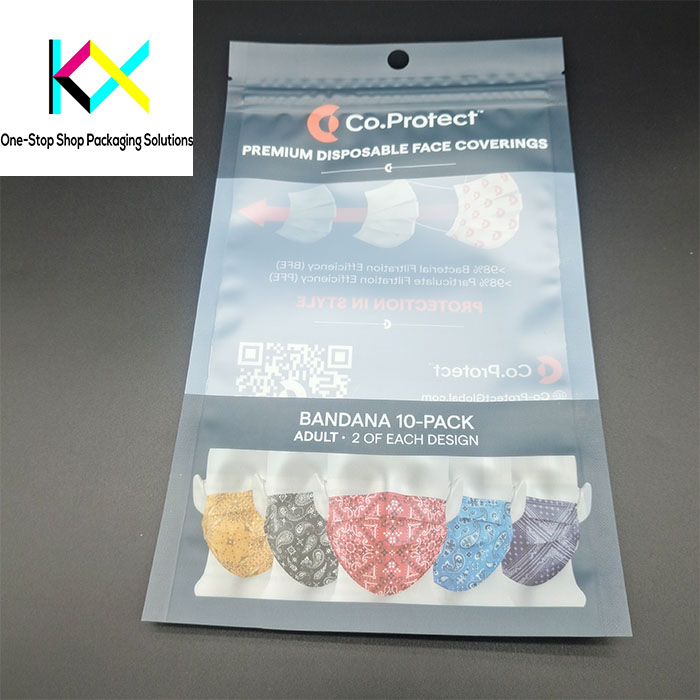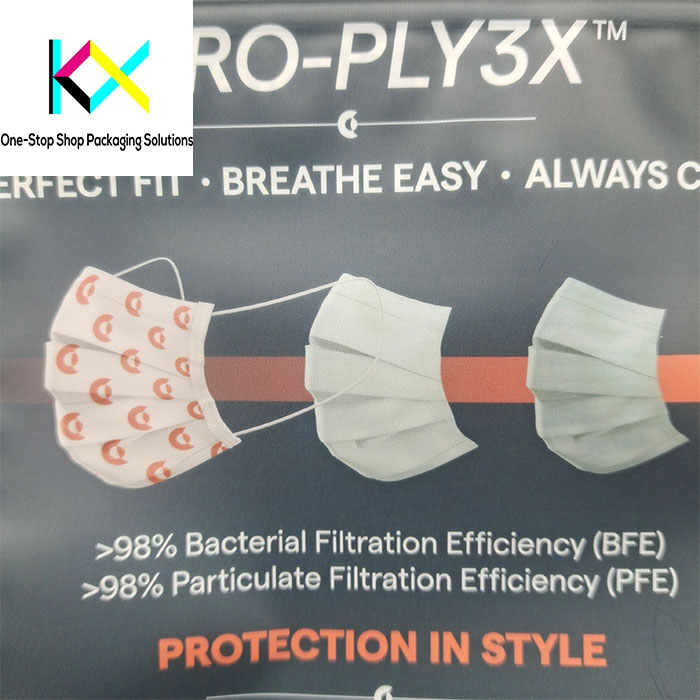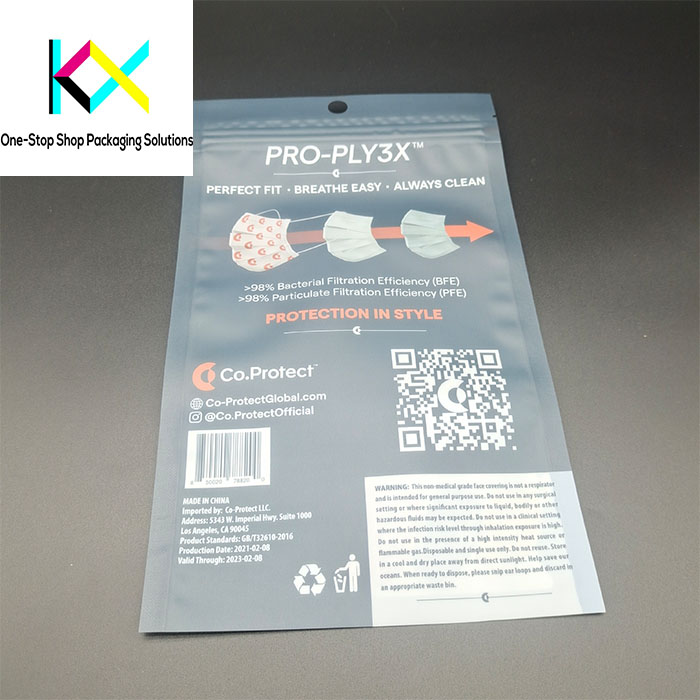Sustainable Packaging Bags: Redefining Eco-Friendly Solutions in Flexible Packaging
The global packaging industry is undergoing a transformative shift, and sustainable packaging bags are at the forefront of this revolution. As consumers and regulators demand greener alternatives, sustainable packaging bags—ranging from flat bottom zipper pouches to compostable packaging pouches—are setting new standards for functionality and environmental responsibility. These innovations are not just about reducing waste; they’re about reimagining how we store, protect, and deliver products in a way that aligns with planetary health. Let’s explore how sustainable pouch packaging is reshaping industries and what it takes to stay ahead in this rapidly evolving landscape.

The Rise of Flat Bottom Zipper Pouches
One of the most versatile innovations in sustainable packaging bags is the flat bottom zipper pouch. Designed for stability and convenience, these pouches are ideal for products like coffee, pet food, and snacks. Brands like Lavazza are adopting flat bottom zipper pouches made from mono-material PE, which are fully recyclable and meet APR certification standards.
Recent advancements include:
High-barrier films: SiO₂ coatings provide oxygen and moisture protection without compromising recyclability.
Smart zippers: Aptar’s Press-to-Close® system ensures resealability while being compatible with recycling streams.
Digital printing: Water-based inks and blockchain-enabled QR codes enhance traceability and consumer engagement.

Zip Lock Stand Up Bags: Combining Convenience and Sustainability
Zip lock stand up bags are another star in the sustainable pouch packaging universe. These bags combine the convenience of resealable closures with the eco-friendly benefits of recyclable or compostable materials. For example, Nestlé’s YES! snack bars now use zip lock stand up bags made from 30% post-consumer recycled (PCR) content, reducing their carbon footprint by 25%.
Innovations in this space include:
Marine-degradable zippers: Algenesis’s Solaplast films dissolve in seawater within 24 weeks, addressing ocean plastic pollution.
Edible adhesives: Mori’s chitosan-based glues allow compostable packaging pouches to transform into fertilizer when buried.
Active oxygen scavengers: Embedded iron particles extend product freshness, making zip lock stand up bags ideal for sensitive items like coffee and nuts.

Compostable Packaging Pouches: Closing the Loop
While recyclable options dominate, compostable packaging pouches are gaining traction for applications where recycling infrastructure is lacking. These pouches, made from materials like PLA or PBAT, break down into water, CO₂, and biomass under industrial composting conditions.
Key developments include:
Home-compostable films: TIPA’s solutions meet OK compost HOME standards, allowing consumers to compost pouches in their backyards.
Carbon-negative materials: Coffee husk-based compostable packaging pouches sequester CO₂, as seen in Death Wish Coffee’s 30% emissions cut.
Blockchain tracking: QR codes on Farmer Direct’s pouches trace decomposition progress, rewarding users with loyalty points.

Balancing Functionality and Sustainability
One of the biggest challenges for sustainable packaging bags is maintaining product freshness while meeting environmental goals. Traditional multi-layer pouches offer superior barrier properties but are difficult to recycle. Innovations are bridging this gap:
Nanocellulose coatings: Enhance barrier properties in flat bottom zipper pouches, making them as effective as traditional plastics.
UV-blocking additives: Lignin nanoparticles protect sensitive products like vitamins without compromising recyclability.
PCR hybrids: Post-consumer recycled content, like TC Transcontinental’s 35% PCR stand-up pouches, balances sustainability with performance.

Regulatory Pressures and Certification Challenges
As governments worldwide tighten regulations on single-use plastics, sustainable pouch packaging is becoming a compliance necessity. The EU’s Packaging and Packaging Waste Regulation (PPWR) mandates that all packaging be recyclable or compostable by 2030, pushing brands to adopt sustainable packaging bags.
However, navigating the certification maze is no small feat. Certifications like APR (recyclable) and OK compost HOME (compostable) are essential to ensure that these pouches meet rigorous environmental standards.

The Infrastructure Gap and Consumer Education
Despite the promise of sustainable packaging bags, systemic challenges persist. Many regions lack the facilities to process mono-material pouches or compostable films, forcing brands to rely on specialized recycling programs. Additionally, consumer confusion remains a significant barrier. A 2023 survey found that 68% of consumers mistakenly toss compostable packaging pouches into recycling bins, contaminating recycling streams.
To address this, brands are turning to technology:
-
Blockchain tracking: QR codes on sustainable pouch packaging trace recycling or composting progress, rewarding users with loyalty points for proper disposal.
-
AI-guided disposal apps: TerraCycle’s Scan2Recycle uses image recognition to educate consumers on how to dispose of sustainable packaging bags correctly.
Future Frontiers: Beyond Recycling and Composting
The next generation of sustainable packaging bags will blend smart tech with radical material science:
-
Self-degrading inks: Lactips’ enzyme-triggered prints accelerate decomposition when buried.
-
Mycelium-reinforced layers: Ecovative’s mushroom-root networks add tear resistance to flat bottom zipper pouches.
-
Carbon-negative materials: Coffee husk-based pouches sequester CO₂, as seen in Death Wish Coffee’s 30% emissions cut.
A Call for Transparency and Innovation
The journey toward authentic sustainability demands honesty and innovation. Brands must:
-
Ditch vague claims: Replace “eco-friendly” with specific certifications (e.g., APR, OK compost HOME).
-
Design for infrastructure: Prioritize regions with recycling or composting facilities or invest in closed-loop partnerships.
-
Educate consumers: Use AR tutorials to demonstrate proper disposal of sustainable pouch packaging.
As legislation tightens and greenwashing scrutiny intensifies, sustainable packaging bags are no longer a niche choice but a market imperative. From high-barrier mono-materials to blockchain-tracked recycling, the industry is proving that sustainability and performance can coexist—one properly certified pouch at a time.
You can visit our website to know more about our compostable pouch:
